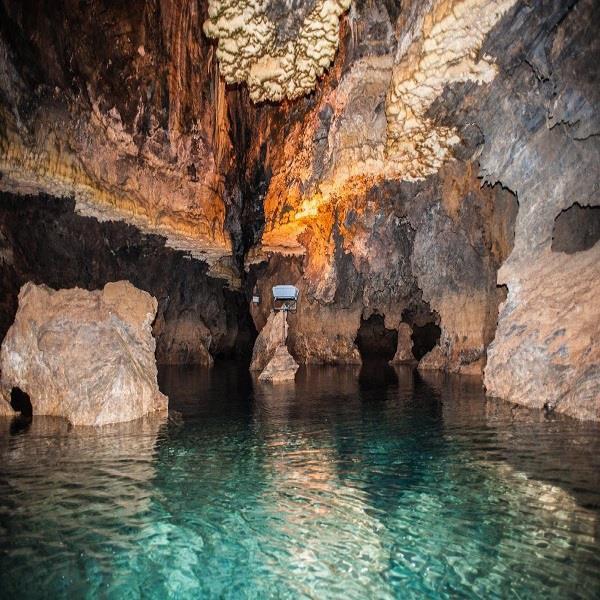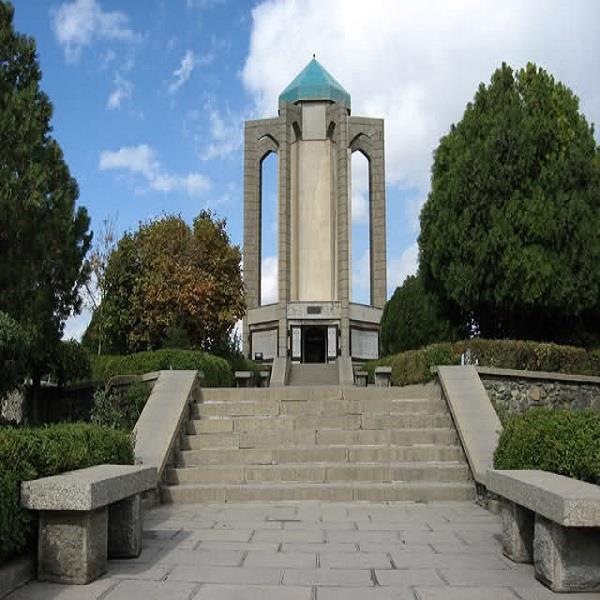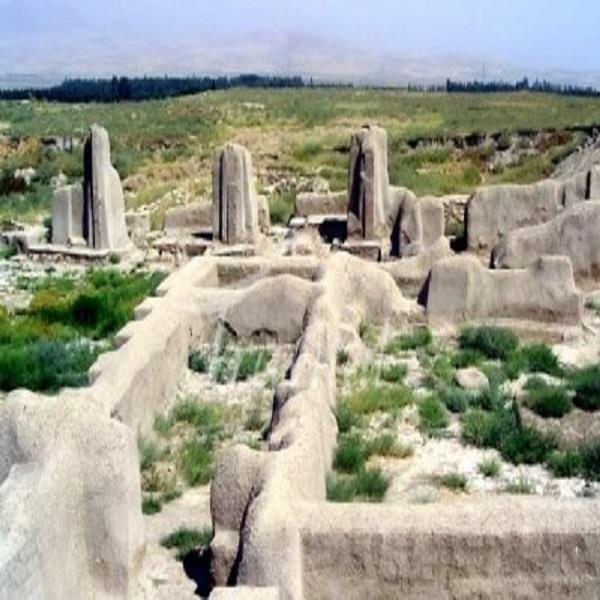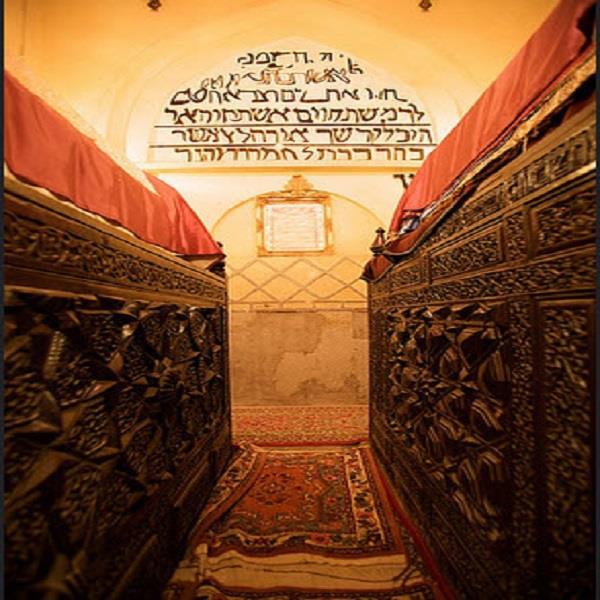Hamadan
Iran is a country with a thousand-year history. In every corner of the country, you will find ancient cities with unique architecture. One of these cities is Hamadan, that was the first capital of Persia and the center of civilization. The city is the center of the province and is at a distance of 337 km. from Tehran. The main symbols of this city are the Ganj Nameh inscription, the Avicenna monument and the Baba Taher monument. The majority of the population is Persian; however, there is a considerable Azerbaijani minority.
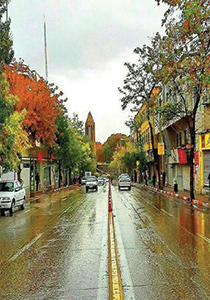
History of Hamadan
This city was established by the Medes. It then became one of several capital cities of the Achaemenid Dynasty. It is mentioned in the biblical book of Ezra as the place where a scroll was found giving the Jews permission from King Darius to rebuild the temple in Jerusalem. Its ancient name of Ecbatana is used in the Ezra text. Because it was a mile above sea level, it was a good place to preserve leather documents.
It is noteworthy that, the city was always at risk during the rise and fall of powers. Hamadan was completely destroyed during Timurid invasion, But during the Safavid era the city thrived once more. In the 18th century, it surrendered to the Ottomans, but it was retaken by Nader Shah Afshari and under the peace treaty between Iran and the Ottomans, it was returned to Iran. The city lay on the Silk Road and even in recent centuries enjoyed good prospects in commerce and trade being on the main road network in the western region of Iran. This ancient city is home to many poets and cultural celebrities. The city is also said to be among the world's oldest continuously inhabited cities. It has always been well known for handicrafts like leather, ceramic, and carpets. Iran's Cultural Heritage Organization lists 207 sites of historical and cultural significance in the city.
Climate and Weather
The province is situated in a mountainous area in the centre of western Iran. Alvand is tallest peak in the province at 3,574m and with much of the area located well over 1,700m above sea level, it has the coldest and longest winters in the whole of Iran. A cool and pleasant summer climate does however attract tourists escaping from the intense heat elsewhere.
Souvenir and Handicrafts
This city has always been well known for handicrafts made of wood and leather, ceramic works, traditional glasses, Kilims and beautiful carpets. Most of the foreign and domestic tourists purchase the local handicrafts.
Sightseeings
As a historic city, this ancient city has great museums, historical monuments and mausoleums. It is home to many historic and natural touristic sites. Some of the major tourist attraction of this city are Ganjnameh, Ali sadr cave (longest water caves in the world) and Alavian dome.
